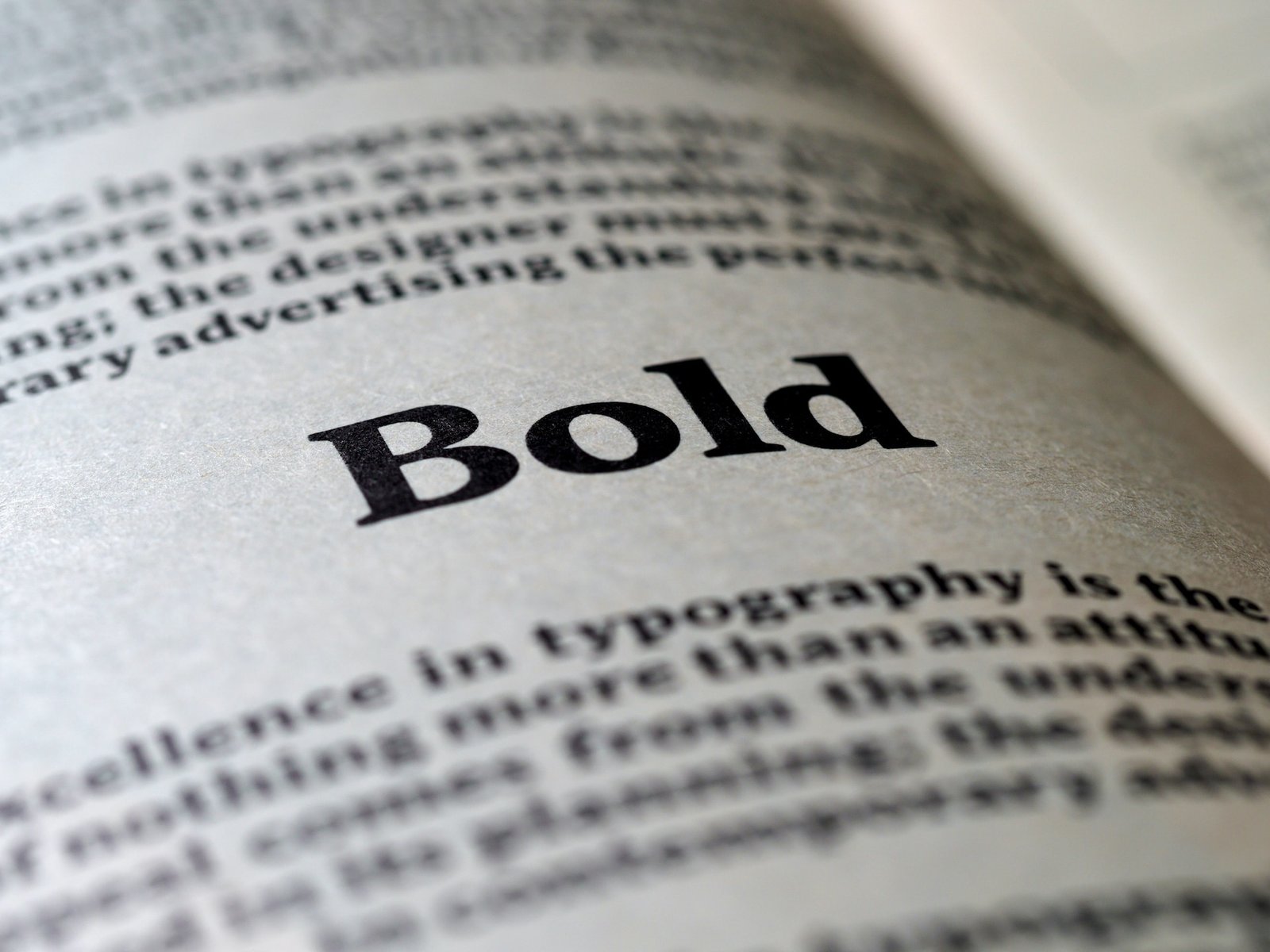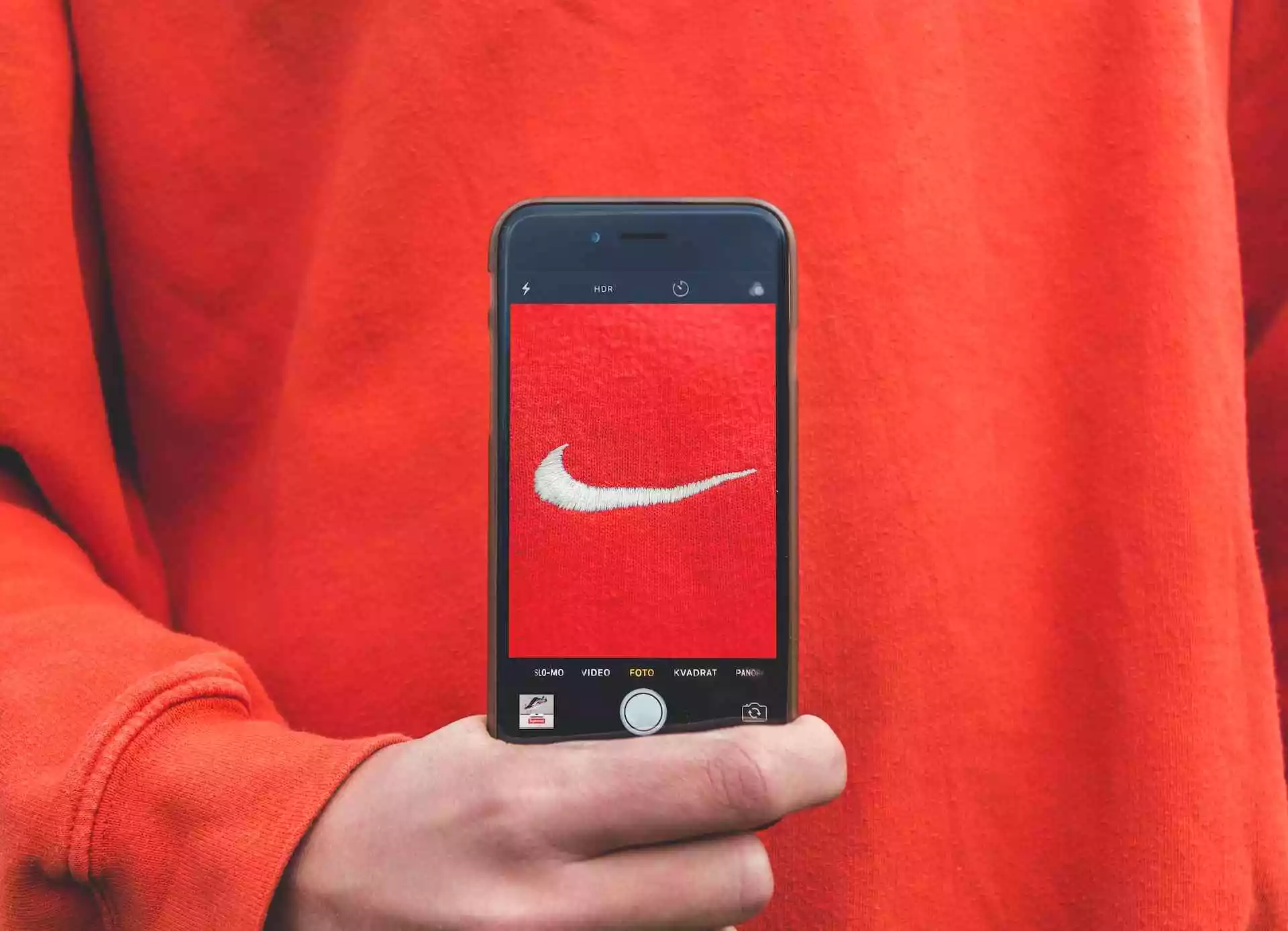Typography, the art and technique of arranging type, is a fundamental element of visual communication. Often overlooked, it plays a critical role in design and significantly influences how we perceive a brand. From logos to advertisements, websites to product packaging, typography helps to shape our brand impressions. This article delves into the intricate relationship between typography and brand perception, offering insights on how effective typography can strengthen a brand’s image and identity.
Understanding the Basics of Typography
At its most basic, typography involves selecting typefaces, sizing, line length, line-spacing (also known as leading), letter-spacing (tracking), and adjusting space between pairs of letters (kerning). While these may seem like minor details, they can dramatically impact how text is viewed and interpreted.
In branding, typography is not merely about legibility or aesthetic appeal. It’s a powerful tool to communicate a brand’s personality, tone, and values, allowing businesses to connect with their target audience on a deeper level.
The Psychology of Typefaces
Just as color provokes emotional responses, the typeface used in branding can stir up feelings and associations. Broadly, typefaces fall into four categories: Serif, Sans Serif, Script, and Display.
Serif: Serif typefaces, like Times New Roman, are often perceived as classic, traditional, and reliable. They’re used by brands wanting to convey a sense of heritage or authority.
Sans Serif: Sans Serif typefaces, such as Helvetica, are seen as modern, clean, and minimalist. They’re commonly used by tech companies and startups to convey a sense of innovation and simplicity.
Script: Script typefaces, resembling handwriting, can vary greatly in feel and are typically seen as elegant, creative, and personal. They’re often used by brands wanting to evoke a sense of creativity or sophistication.
Display: Display typefaces are used for their decorative appeal and are typically used in headers or logos rather than body text. They can help create a strong, distinctive brand image.
By choosing a typeface that aligns with your brand’s personality, you can subliminally communicate your brand’s values and tone to your audience.

Consistency in Typography: Building a Cohesive Brand Identity
Just like color consistency, typographic consistency across all branding elements strengthens brand recognition. By maintaining a consistent typography style, brands can create a more cohesive and memorable image.
Typographic consistency is more than just sticking to one typeface; it also involves maintaining consistent text hierarchies, alignments, and spacing across all brand touchpoints. This not only helps in reinforcing brand recognition but also contributes to a better user experience.
Custom Fonts: A Step Towards Distinctive Branding
Some brands take typography a step further by creating custom fonts. Custom fonts allow brands to own a unique typeface that aligns perfectly with their brand identity. From Airbnb’s ‘Cereal’ to Netflix’s ‘Netflix Sans’, custom fonts have proven to be an effective way for brands to differentiate themselves and save on font licensing costs.
Web Typography: Enhancing User Experience and Brand Perception
As more and more interactions happen online, the importance of web typography cannot be overstated. Good web typography enhances readability, usability, and the overall user experience. Poor typography, on the other hand, can make a website feel cluttered and difficult to navigate, which could lead to users perceiving the brand negatively.
The Role of Typography in Accessibility
Accessibility is another crucial aspect of typography. For your brand to be inclusive, your typography must be easy to read for people with visual impairments or reading difficulties. This involves considering factors such as font size, line length, letter-spacing, contrast, and more.
Conclusion
Typography, while often underestimated, plays a vital role in brand perception. It’s a visual representation of a brand’s voice, shaping how people perceive and interact with a brand. By understanding and leveraging the power of typography, brands can create a more impactful and resonant brand image.
Stay updated with more such insights by subscribing to our newsletter.



